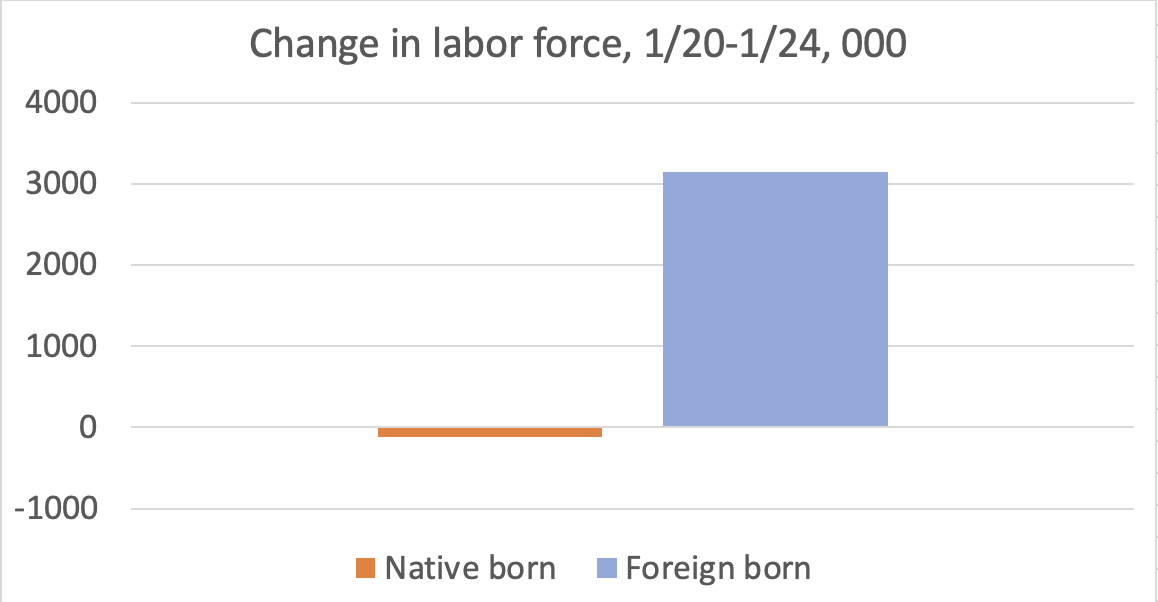Well, I found last night's debate bitterly disappointing. I had hoped that Warren would use the occasion to start climbing out of the hole she's stumbled into on health care. Instead she dug it deeper 1/
Health care policy is something we understand very well, because every other advanced country already has universal coverage. And what we learn is that there are multiple ways to get there; you don't have to go pure single-payer 2/
We also know that support for Medicare-for-All falls off a lot if you tell people it means abolishing private insurance. So the smart policy is one that gives people an option, and there are several plans out there — now including one from Harris — that do that 3/
Bernie Sanders, of course, is single-payer or bust; he sort of has to be, because it's all he's got. But Warren, who has so many smart proposals, didn't have to go there 4/
True, any progressive who fails the Bernie purity test will face harsh attacks, including dishonest smears 5/
https://twitter.com/AlxThomp/status/1155975661493747714
But Kamala Harris was willing to accept that risk, with a plan that's actually pretty radical but not purist. Last night was Warren's chance to show that she's equally bold. She didn't take it 6/
Maybe Warren really believes that single-payer is the only way; if so, I've misjudged her policy acumen. Either way, that was a bad night for someone who should be leading the progressive charge 7/
• • •
Missing some Tweet in this thread? You can try to
force a refresh













